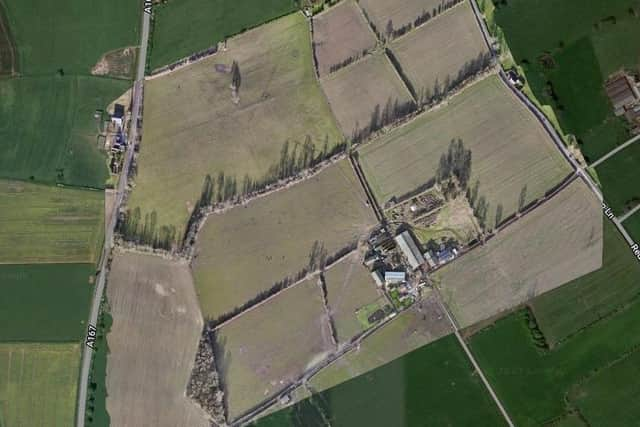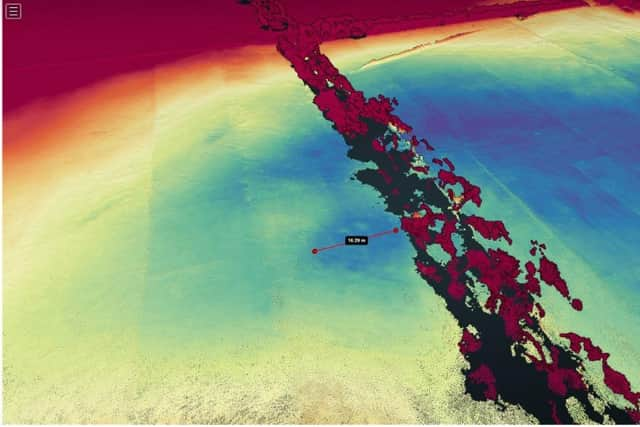Drone surveys find lost Yorkshire burial pits where Scots soldiers killed in medieval battle were laid to rest
Tony Hunt, who runs YAA Mapping, surveyed farmland where the Battle of the Standard was contested between an English army recruited from Yorkshire and a Scottish invasion force in 1138.
The two sides met at Cowton Moor, near Northallerton – but the poorly armed Scots were routed by skilled Norman archers and retreated, leaving around 4,000 dead lying in the fields.
Advertisement
Hide AdAdvertisement
Hide AdAs was the custom at the time, the bodies were buried in mass pits without ceremony, though the one English knight to be killed and several troops on the victorious side were returned home.


The burial mounds were known about for centuries afterwards, and a nearby road was even called Scots Pit Lane after the battle, and they appeared on maps until the 17th century. In the 1890s, bones were occasionally still ploughed up, but the exact location of the pits was then gradually lost to time and changes to the landscape wrought by farming and the climate.
Mr Hunt’s survey revealed depressions in the ground that are evidence of two man-made pits around 16 metres in diameter and he and his research partner Andy Hickie have now released the aerial images to the public. He believes it is the first time a mass grave site has been identified by drone mapping techniques.
"There are clues in the landscape and on old maps, and the name Scots Pit Lane itself is a bit of a giveaway. We took thousands of drone photographs to create a 3D model, which showed two big pits. We think it’s the first time burial pits have been found using remote sensing.
Advertisement
Hide AdAdvertisement
Hide Ad"The pits were recorded until the early 1800s, but then the details were lost. It was a revelation to find them again. Historic England are unlikely to excavate them, as they believe that remains should only be disturbed if there is value in learning about them. A dig would be of no benefit, unless there was any sort of building or development planned on the land.”


The Battle of the Standard took place only 70 years after the Norman Conquest, led by northern baronial families who had invaded with William the Conqueror in 1066. They were repelling King David of Scotland, who was both supporting his niece Matilda’s claim to the English throne and hoping to expand his own territory. Most of the English soldiers were conscripts known as ‘levies’, recruited by the Archbishop of York in the name of God. The eponymous Standards were banners of northern saints mounted on ship’s masts and pushed before the army on a wagon.
Although the Scottish force was larger, their charge was led by Picts from Galloway, who were cut down by longbowmen and forced to pull back. Although 4,000 died on the battlefield, many more are thought to have been hunted down while fleeing or drowned crossing rivers.
King David retreated to Carlisle – he had already taken much of Northumberland and had been advancing on York – and the English did not pursue him. He was actually given the territorial concessions when a truce was negotiated, but his successor King Malcolm IV was later forced to return the lands to the English crown.
Advertisement
Hide AdAdvertisement
Hide AdMr Hunt added: “These pits will likely never be excavated, and that is the right thing to do. We should leave these brave men where they lie, next to the busy A167, as a testament to the brutality and passion of a medieval battle in all its horror and suffering.”
